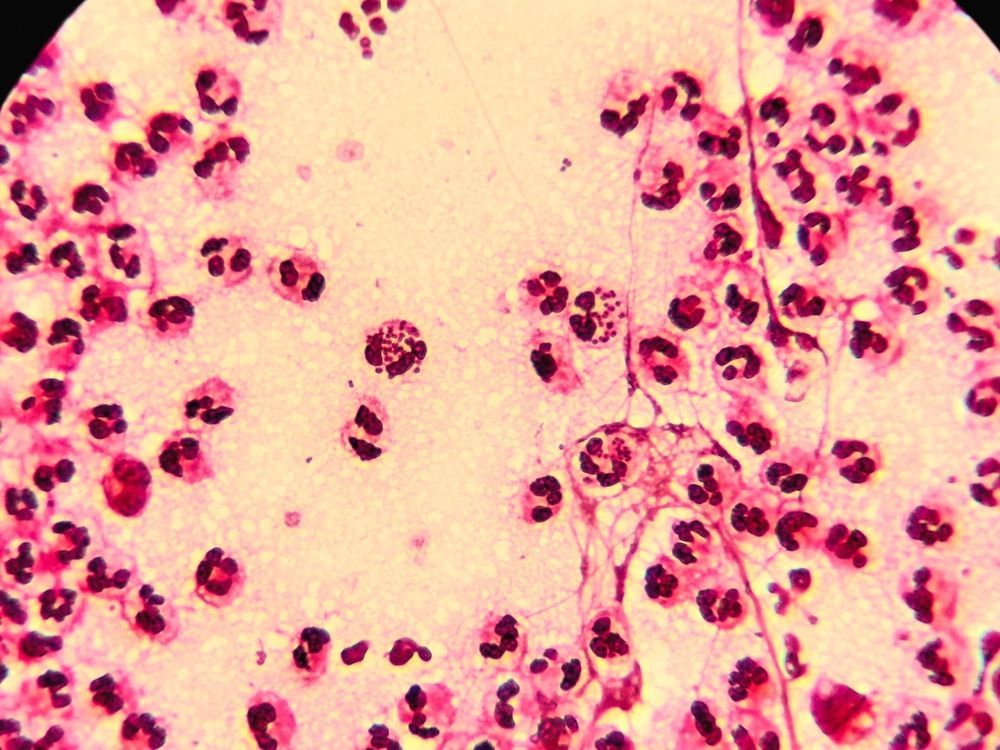Can You Get PID From an Abortion?
Share this Article:
Pelvic inflammatory disease (PID) is an infection of a woman’s reproductive organs. It is a serious condition and can cause life-threatening complications if left untreated. Medical and surgical abortions may lead to PID.
Read on to learn more about PID, signs and complications, and how to protect yourself from PID when you’re considering abortion for an unexpected pregnancy .
What Is PID?
PID occurs when a woman’s reproductive system becomes infected after the disease-causing bacteria moves through her cervix to the upper genital tract [1].
PID can cause severe and long-term complications. It is critical to recognize the symptoms and see your healthcare provider promptly if you’re experiencing any of them. Pain in your lower abdomen or pelvic pain is the most frequent symptom of PID. Other signs of PID to watch for include:
- Fever
- Painful sex
- Painful or frequent urination
- Abnormal vaginal discharge that may have an odor
- Abnormal vaginal bleeding, especially after sex or between periods
What Are the Complications of PID?
PID may be treated with antibiotics if it is caught early. However, antibiotics do not cure the effects of PID damage [2]. According to the Centers for Disease Control and Prevention (CDC), one in every eight women with a history of PID will experience future difficulty getting pregnant. In addition to infertility, other complications of PID include:
- Ectopic Pregnancy : PID is the leading cause of scarring in the fallopian tubes leading to future ectopic pregnancies (pregnancies outside of the uterus). Instead of the uterus, the pregnancy implants in the fallopian tube, creating a medical emergency requiring immediate treatment.
- Chronic Pelvic Pain : PID scarring can lead to long-term chronic pain in addition to infertility and ectopic pregnancies.
- Sepsis : Sepsis occurs when your body tries to fight the PID infection and triggers inflammation throughout your body that causes your immune system to attack your organs. It is life-threatening and requires hospitalization.
As you can see, PID is a disease that you’ll want to do everything you can to avoid in order to maintain your reproductive health.
Can You Get PID From an Abortion?
The most common cause of PID is an untreated sexually transmitted infection (STI), primarily chlamydia and gonorrhea. For this reason, the CDC recommends regular STI testing for anyone who is sexually active, even if you don’t have any symptoms .
You can also get PID after an abortion , either a medical abortion (abortion pill) or a surgical abortion. This is because your cervix opens during an abortion and allows bacteria to enter your genital organs more easily.
You have a high, 63% chance of developing PID if you have an abortion while you have an untreated STI [3]. It is critical to have STI testing and treatment for an STI before any form of abortion, including a medical abortion.
Considering Abortion?
If you’re unexpectedly pregnant and considering abortion, Pregnancy Care Clinic is available to help you. We offer confidential, no-cost pregnancy support services to help you make an informed decision about your unplanned pregnancy.
We also offer fast and accurate STI testing at no cost to help reduce your risk of developing PID. Our licensed healthcare professionals at Pregnancy Care Clinic care about you and your health. Contact us today for your confidential and judgment-free appointment .
[1] Cleveland Clinic. (2020, November 23). Pelvic Inflammatory Disease (PID). Retrieved on April 22, 2021 from https://my.clevelandclinic.org/health/diseases/9129-pelvic-inflammatory-disease-pid#outlook–prognosis
[2] Mayo Clinic Staff. (n.d.). Pelvic Inflammatory Disease (PID). Retrieved on April 22, 2021 from https://www.mayoclinic.org/diseases-conditions/pelvic-inflammatory-disease/symptoms-causes/syc-20352594
[3] Chen S, Li J, and Van den Hoek A. (2007, April). Universal screening or prophylactic treatment for chlamydia trachomatis infection among women seeking induced abortions: which strategy is more cost-effective? Retrieved on April 22, 2021 from https://journals.lww.com/stdjournal/Fulltext/2007/04000/Universal_Screening_or_Prophylactic_Treatment_for.9.aspx




